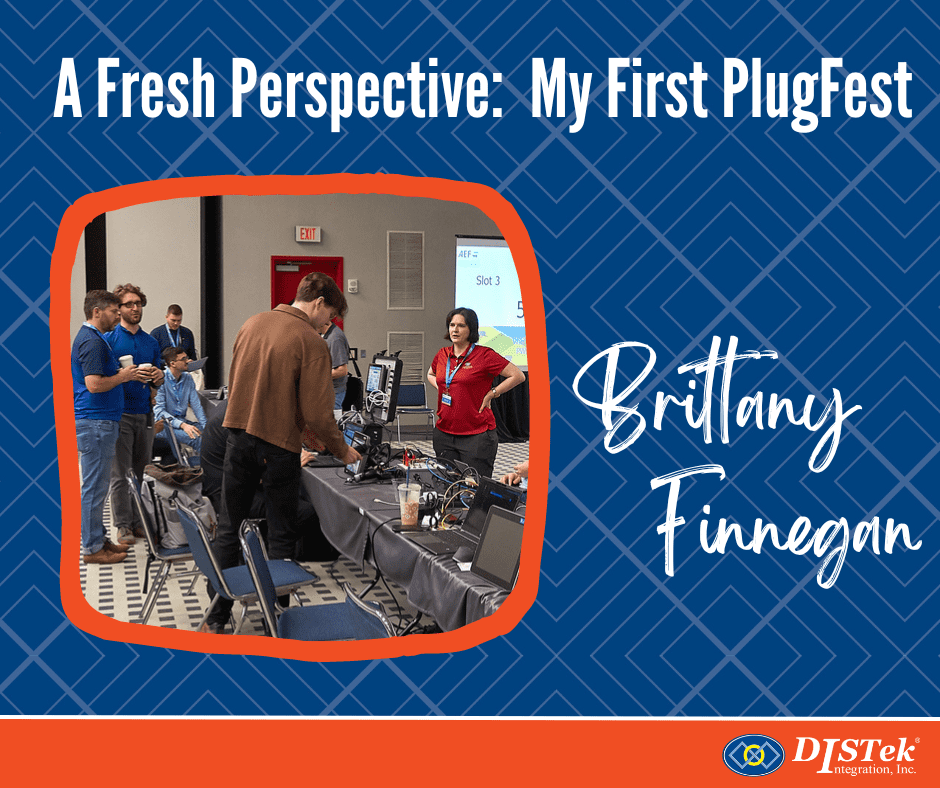I’ve been involved in the world of ISOBUS for several years now, but finally had the chance in February to attend my first PlugFest conference in Houston, Texas. This unique event brings together engineers from many different agricultural companies to work together for one purpose: to ensure their ISOBUS products can connect and talk to each other seamlessly.
I honestly wasn’t sure what to expect, given I hadn’t yet had a chance to attend. My focus during this PlugFest was to test an ISOBUS client application that DISTek has been working closely with a client team to create using VIRTEC, DISTek’s proprietary ISOBUS stack.
The room was a little smaller than I expected, but big enough to house about 20 test “stations” at different tables around the room. I’ve heard the European PlugFests are much, much bigger. AEF, the organization hosting the conference, had done all the pre-work in creating a schedule matrix so that each client application developer would get a chance to be paired with each server developer and test all the relevant libraries they were including in their system (VT, TC, FS, etc). The testing was spread across two days and the time slots were about an hour each.
The client application we were testing only supported VT, so it was a little less comprehensive than some others, but we got a chance to see it run on many different VTs for the first time. We expected there to be some differences in how our application looked and behaved at each station, but it was a little surprising exactly how many notes we took documenting the differences. Everybody was very friendly and knowledgeable, and it was nice to be able to chat with engineers from all the different companies across the industry.
The PlugFest testing experience was definitely valuable. We took home a laundry list of changes we needed to make that we wouldn’t have otherwise known were an issue. We have several VTs that we test our product across, but even so, at the conference we were exposed to so many more we would have never had an opportunity to test on. Especially valuable was getting to test on some Fendt displays, which actually used a different screen resolution than the standard 480×480. Seeing all the adjustments we needed to make to support different resolutions was really eye opening.
One other very valuable part of the conference, aside from the testing and the networking, was the compliance station. The AEF has a conformance test tool that normally members have to pay to use and get certified, but during PlugFest they will run your app through the tool one time and give you a report of all the tests that were passed and failed. This gave us a great idea of how close we were to true compliance and demonstrated the value of paying for that test in the future.
Overall, it was a really great experience and I’m looking forward to going back again someday!


